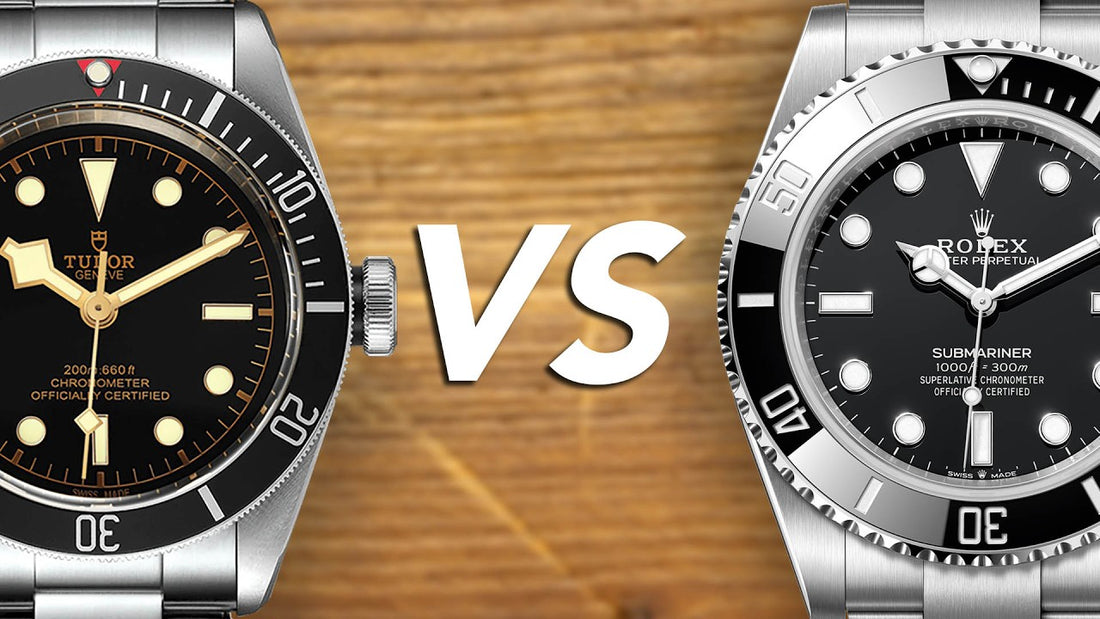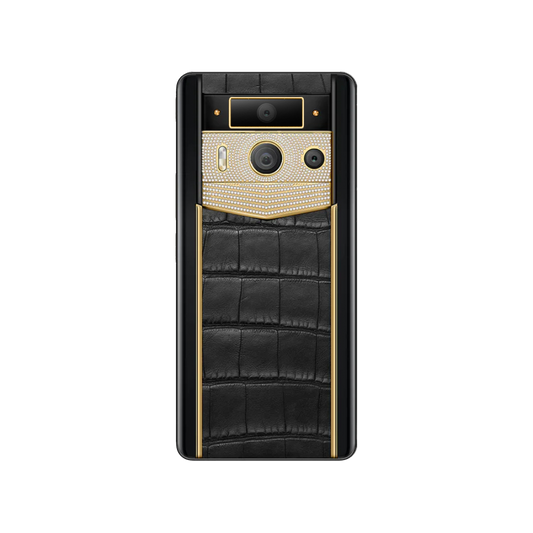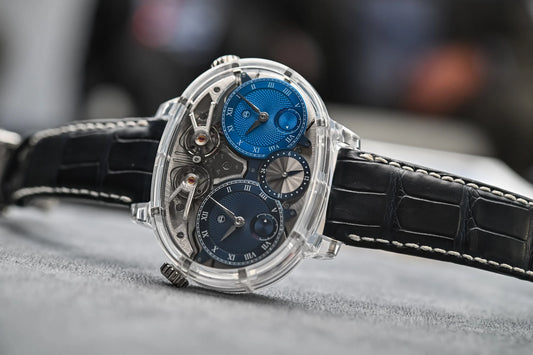
Tudor vs. Rolex: A Comparative Analysis of Luxury Watches
Introduction
In the world of luxury watches, Rolex has long been the emblem of status, precision, and durability. However, in recent years, Tudor, a subsidiary brand created by Rolex's founder, has risen in prominence, offering watch enthusiasts an alternative with a compelling value proposition. This article delves into the comparative analysis of Tudor and Rolex, exploring their historical backgrounds, quality, and market positioning to determine whether Tudor presents a better option for watch collectors and enthusiasts.
The Legacy of Rolex
Founded in 1905 by Hans Wilsdorf, Rolex has become synonymous with luxury and precision in watchmaking. Wilsdorf's vision was to create wristwatches that were not only elegant but also precise and durable, a vision that led to Rolex's pioneering achievements in the industry. From obtaining the first wristwatch chronometer certification to the creation of the Oyster, the world's first waterproof wristwatch, Rolex's history is marked by innovation and excellence.
Tudor's Rise to Prominence
Established as an affordable alternative to Rolex, Tudor has carved out its own niche in the luxury watch market. While initially positioned as a more accessible brand, Tudor has evolved to offer distinctive designs and mechanical sophistication. The brand's commitment to quality and its unique heritage, including the use by various military forces, have solidified its reputation among watch aficionados.
Comparing Quality and Value
When it comes to quality, both Tudor and Rolex boast exceptional craftsmanship and reliability. However, Tudor watches are often priced significantly lower than their Rolex counterparts, making them an attractive option for those seeking luxury without the premium price tag. Models like the Tudor Black Bay have been lauded for their quality and design, drawing comparisons to the iconic Rolex Submariner, yet available at a fraction of the cost.
Design Philosophy and Market Perception
Rolex watches are celebrated for their ornate designs and status symbol appeal, often seen as a marker of personal achievement. Tudor, on the other hand, opts for a more understated elegance, prioritizing robustness and functionality. This design philosophy has led to Tudor being perceived by some as a more practical choice, though it may lack the cachet associated with the Rolex brand.
Consumer Preferences and Final Thoughts
Choosing between Tudor and Rolex ultimately comes down to personal preference and priorities. Tudor offers an exceptional value proposition, appealing to those who appreciate a vintage aesthetic and robust functionality. Rolex, with its refined designs and symbol of achievement, caters to those looking to commemorate personal milestones. Both brands offer something unique to the luxury watch market, making them esteemed choices for watch enthusiasts around the world.
Conclusion
In the debate between Tudor and Rolex, there is no clear winner; each brand brings its own strengths and unique offerings to the table. Tudor's appeal lies in its combination of quality, history, and affordability, making it an attractive option for a wide range of watch enthusiasts. Rolex continues to stand as a pinnacle of luxury watchmaking, unmatched in its prestige and craftsmanship. As the luxury watch market continues to evolve, both Tudor and Rolex will undoubtedly remain at the forefront, each appealing to different segments of the watch-collecting community.
























No comments